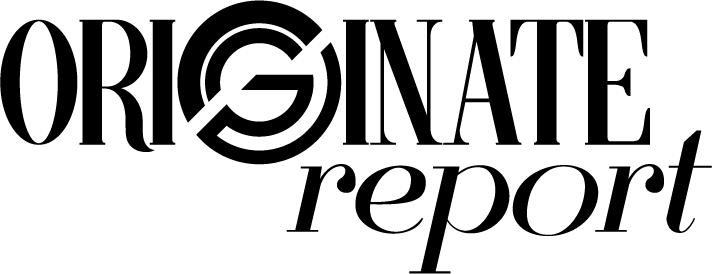When it comes to options for long-term retirement investing, the secret appears to be out: The alternative assets you know and trust can consistently outperform Wall Street, even as the markets ascend to record territory on a near daily basis. Loan originators have always relied on their tried and true business practices for primary and supplemental income. A growing number of lending professionals have also discovered the substantial tax advantages of incorporating familiar strategies into their self-directed retirement plans.
When lending money with an IRA, 401(k), or health savings account (HSA), you can qualify prospective borrowers and establish conditions, such as loan terms and interest rates, just as you normally would. With an IRA, loaned money would move from the account while principal and interest payments would flow back to the IRA in turn. This income will always bear the tax-deferred or tax-free benefits of the plan itself.
Roth IRAs provide a particularly interesting set of advantages for loan originators — or any alternative investors — to contemplate. This plan type allows post tax annual contributions of up to $5,500 (under age 50) or $6,500 (age 50 and above) and tax-free growth throughout the life of the account. The power of a Roth IRA is therefore realized later in life; as Roth-held assets create income, the plan holder may withdraw earnings without any additional tax liability provided they are qualified Roth distributions (the parameters of which are addressed below). In other words, a Roth IRA could collect loan payments for many years without ever incurring taxes.
For some, self-directed retirement investing has a reputation for involving difficult processes, but integrated technology and expanded online offerings are quickly putting those preconceptions to rest. Specifically regarding Roth IRAs, investors may be wary of paying taxes on their contributions without retaining those funds for desired and immediate use. You can always withdraw Roth contributions without duplicate taxes, but the distribution process may not be conducive to certain situations. However, with the recent passage of legislation that gives tax breaks only through 2025, now may be the time to re-consider an investment vehicle that encourages American investors to pay taxes sooner rather than later.
Roth IRAs empower investors to take advantage of lower taxes in coming years and mitigate uncertainty down the road. For example, Susan is an unmarried taxpayer who makes $75,000 per year. Her new marginal tax rate is 22%, which represents a 3% drop from 2017. Susan is 35 years old and elects to make a maximum allowable contribution of $5,500 to her Roth IRA. She then originates a one-year loan of the full $5,500 balance at an interest rate of 15%. By year’s end, Susan’s Roth IRA has grown to $6,325 with a profit of $825.
Susan will have to pay taxes on her $5,500 contribution, but once her earnings are five years old and she reaches age 59 ½, she can take a tax-free distribution of the $825. Her tax burden is 3% lower than it would have been last year and, by the time she reaches age 59 ½, her profits will be far older than five years and no longer subject to taxes. As such, on New Year’s Eve 2025, Susan won’t have to worry about her retirement income when her marginal tax bracket of 22% is scheduled to expire.
Other investors whose portfolios are situated in Traditional IRAs — the pre-tax counterpart to the Roth — may also think about executing a Roth conversion under these tax circumstances. The plan holder would pay taxes on any converted cash or assets (in the same manner as a Roth contribution), but those holdings could grow tax-free thereafter. Roth IRAs already provided their holders with significant tax benefits, as did the tax-deferred contributions offered by Traditional IRAs. Our new tax law left Traditional IRAs relatively unscathed, but it also provided a new incentive to pay lower taxes now and zero taxes later with a Roth.



